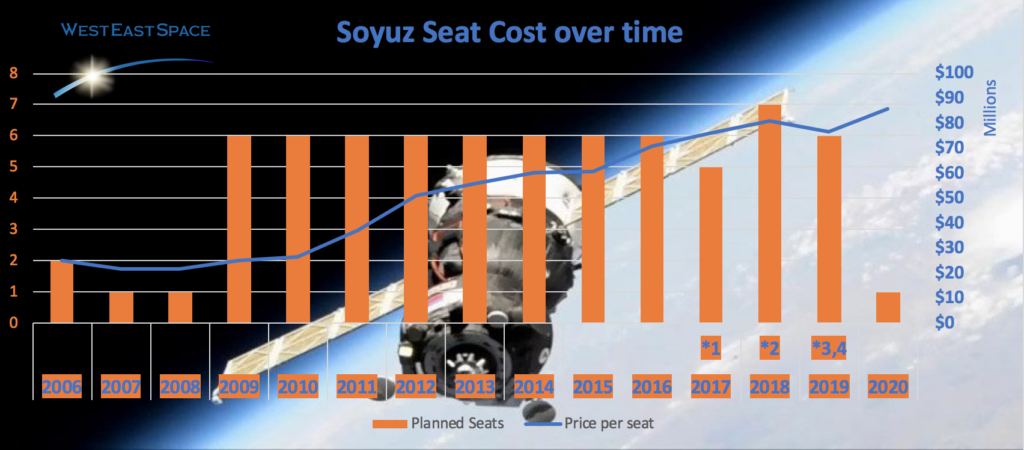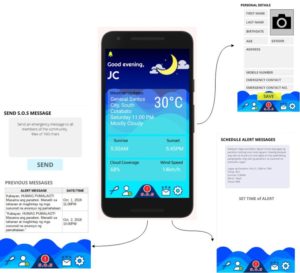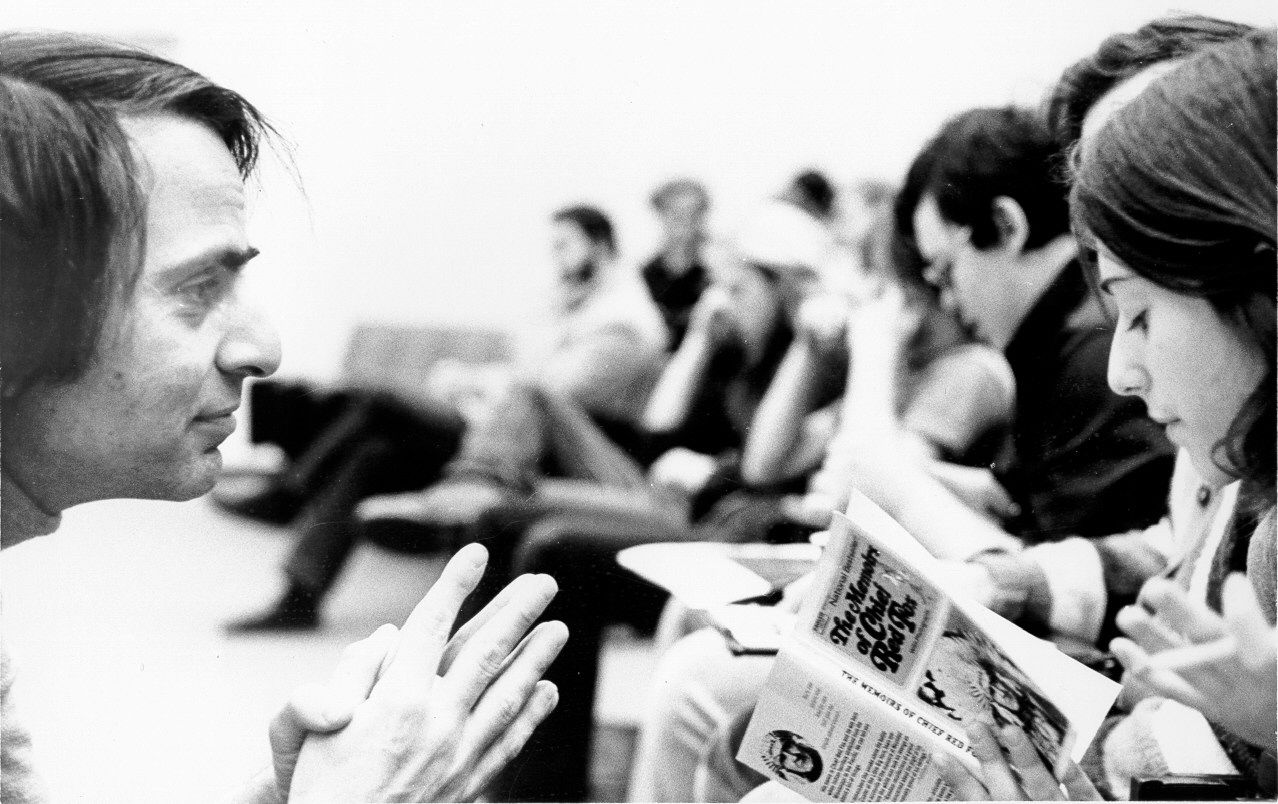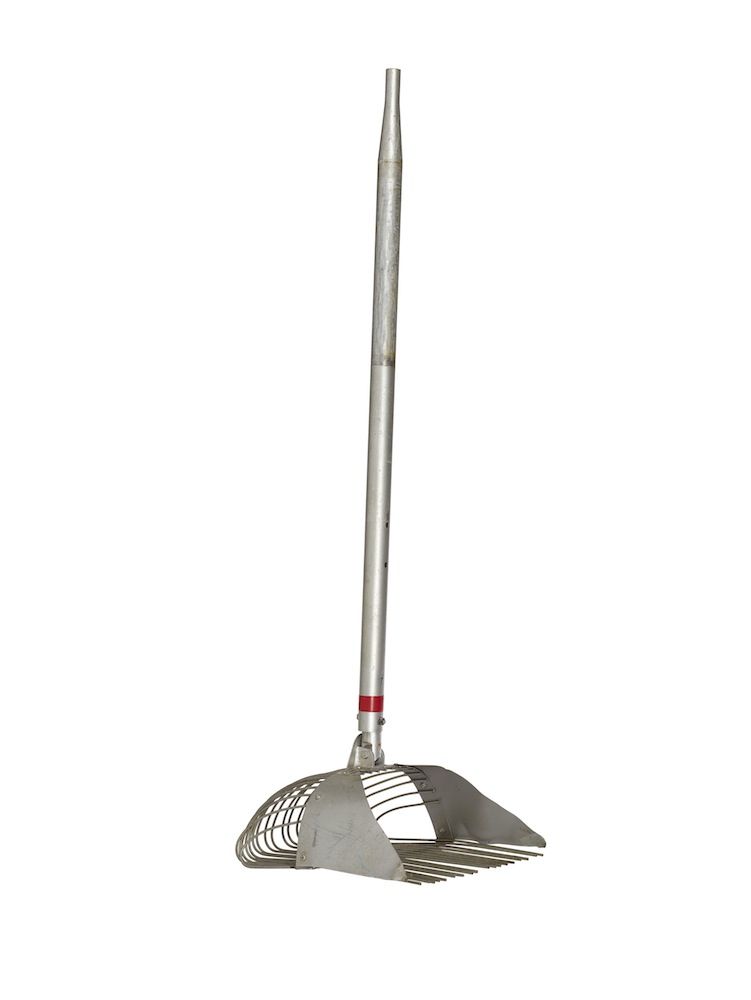Mar 25, 2020
COVID19 Impact Part II – SpaceX , SLS and NASA
Posted by Bill D’Zio in categories: disruptive technology, health, space, space travel
By Bill D’Zio March 25, 2020

SpaceX Crew Dragon on approach Credit NASA
Part 2 of the Life in Space with COVID19 we will delve into Crew demo-2 where NASA and SpaceX are planning a launch within two months. There are a lot of pre-launch milestones and activities to cover to ensure a safe flight for the Astronauts. If anything goes wrong, there are lives at stake. Now NASA and SpaceX have to contend with another potential setback, COVID19 pandemic. (Click here for part I)

The SpaceX Crew Dragon spacecraft for Demo-2 arrived at the launch site on Feb. 13, 2020. Photo credit: SpaceX
In Part I of why COVID19 pandemic is bad timing for the Space industry, we covered that issues happen because the relationship between complexity, risk, schedule and cost for space missions was not balanced.
Continue reading “COVID19 Impact Part II – SpaceX , SLS and NASA” »
















